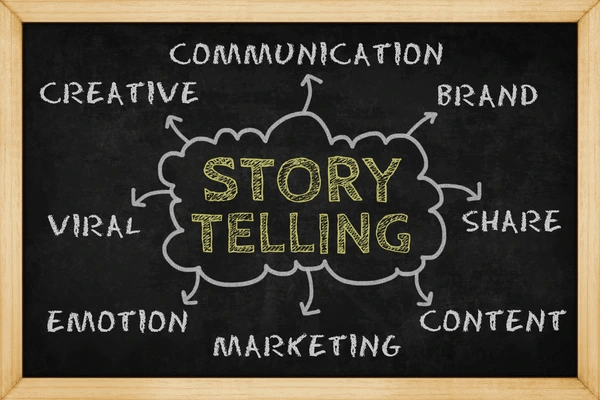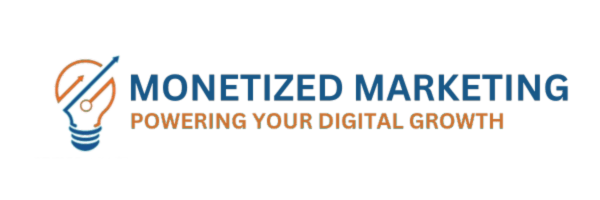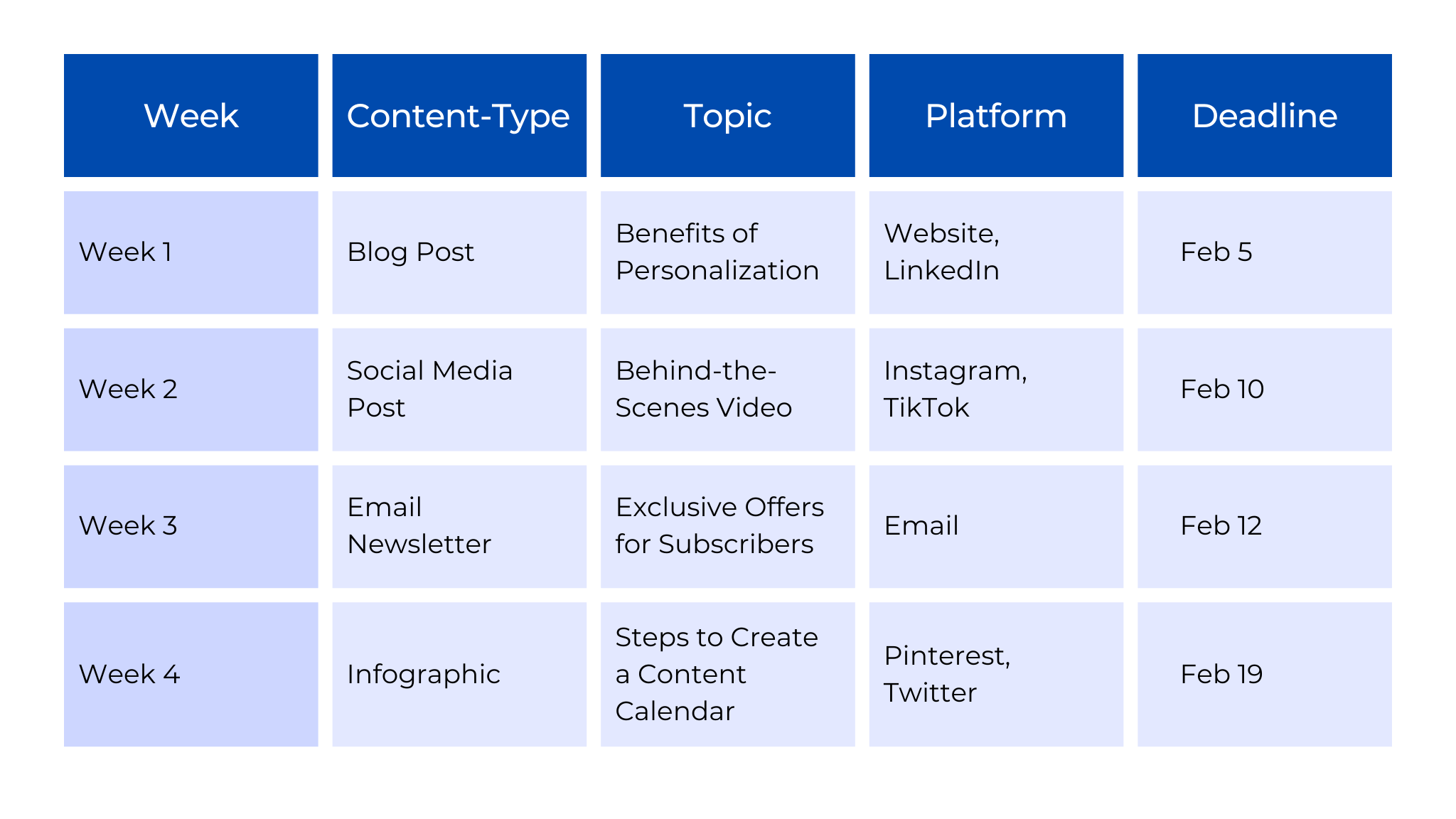
Imagine having a powerful tool that not only connects you with your audience but also builds trust, boosts engagement, and drives your business forward. That’s exactly what content marketing does when it’s done well. It’s more than just words or videos—it’s about creating meaningful interactions that keep your audience coming back for more.
If you’ve been looking for ways to elevate your marketing game, this guide will walk you through effective content marketing strategies that are simple to apply but powerful enough to make a real impact. Whether you’re just starting or refining your approach, these strategies are designed to help your business thrive.
What is Content Marketing and Why Is It Important?
At its core, content marketing is about generating valuable, relevant content that serves your audience’s needs. It’s not about pushing sales or promoting your product. Instead, it’s about providing useful information that enables your audience to solve a problem or learn something new.
When your content is done right, it builds trust and credibility. It positions your business as a resource, making your audience more likely to turn to you when they’re ready to make a purchase. With consistent, high-quality content, your business becomes top-of-mind for your customers.
Consider content marketing to be an ongoing discussion with your audience. The better the content you provide, the stronger your relationship with them—and strong relationships lead to long-term success.
Storytelling
One of the most powerful ways to connect with your audience is through storytelling. People are naturally drawn to stories—they spark emotions, make abstract ideas relatable, and leave lasting impressions.
Every business has a story to tell, and sharing that story helps humanize your brand. Whether it’s how your company started, the impact your product has had on customers, or the values you stand for, your story allows you to make a stronger connection with your audience. When your story resonates, your audience will remember you long after they’ve moved on from other marketing messages.

Pro Tip: Keep your stories authentic. Share real challenges, behind-the-scenes moments, or customer success stories. This not only humanizes your brand but also creates a deeper emotional bond with your audience.
Video Marketing
Video content is one of the best tools for grabbing and holding your audience’s attention. Video allows you to show, rather than tell, what makes your brand unique. Whether it’s a quick product demo, a behind-the-scenes look, or a customer testimonial, video delivers your message in a way that’s engaging and easy to digest.
You don’t need a professional studio to create impactful videos. With just a smartphone and a creative spark, you can create content that fulfills your audience’s needs.
Here’s why video should be a key part of your content marketing strategy:
- Higher Engagement: Videos tend to attract more views and shares compared to text or images.
- Better Retention: Watching a video helps viewers retain 95% of the content, whereas reading text only helps them keep 10%.
- Emotional Connection: Videos evoke emotions, building stronger relationships with your audience.
How to Get Started:
- Create short-form videos (15–60 seconds) that highlight your products or services.
- Use platforms like Instagram, YouTube, and TikTok to reach your audience where they already spend time.
- Leverage live videos for real-time engagement, whether it’s a Q&A session, a product demo, or a behind-the-scenes look.
Remember, authenticity matters more than high production value. Your audience cares more about the message than the polish.
Personalization
Today’s consumers expect personalized experiences. Sending out one-size-fits-all content doesn’t cut it anymore. Personalization allows you to deliver content that’s tailored to individual preferences, behaviors, and needs—making your message more relevant and impactful.
Benefits of Personalization:
- Increased Engagement: Personalized content grabs attention and resonates with the reader.
- Higher Conversions: Tailored content is more likely to lead to a purchase or desired action.
- Stronger Customer Relationships: Personalization shows that you understand and value your audience.
To start personalizing your content:
- Divide your audience into targeted segments based on demographics, behaviors, or past interactions.
- Use tools that allow for dynamic content, which changes based on user behavior (like personalized product recommendations).
- Send targeted emails based on user activity, such as abandoned cart reminders or follow-up messages after a purchase.
Personalization doesn’t have to be complex. Even small efforts can make a big difference in how your audience engages with your content. AI-powered tools can help automate these processes, ensuring the right message reaches the right person at the right time.
Content Calendar
A solid content calendar is the foundation of every effective content marketing plan. It helps you plan, schedule, and track your content, ensuring platform consistency.
Here’s how you can create a simple content calendar:
- Identify key dates like product launches, seasonal events, or promotions.
- Plan your content around these dates, making sure it aligns with your business goals.
- Schedule your posts across platforms—blog, social media, email newsletters—so your audience consistently receives fresh content.
Here’s a basic example of what your content calendar could look like:
By planning ahead, you ensure consistency while leaving room to adjust for upcoming campaigns, holidays, or new business goals.
User-Generated Content
User-generated content (UGC) is one of the most authentic forms of marketing. It’s content created by your customers, such as product reviews, social media posts, or testimonials. UGC provides social proof, showing that real people use and enjoy your product.
Encouraging UGC doesn’t have to be complicated:
- Encourage customers to use your brand’s distinctive hashtag when sharing their experiences on social media.
- Showcase customer feedback by featuring testimonials and reviews on your website and social media.
- Host a content contest where customers can submit their original content for a chance to win.
UGC builds trust because people tend to trust content from other consumers more than they trust brand-driven marketing. It also invites your audience to participate in your brand’s story, making them feel like part of a community.

Interactive Content
Using interactive content like quizzes, polls, and surveys offers a fun and engaging way for your audience to interact with your brand. Unlike passive content, interactive formats invite participation, keeping users engaged longer and gathering valuable insights along the way.
Let’s explore some ways to use interactive content:
- Quizzes: Help customers find the best product for their needs (e.g., “Which Product Is Right for You?”).
- Polls: Gauge audience interest in new product ideas or ask for feedback on existing ones.
- Surveys: Collect data on customer satisfaction or preferences.
Pro Tip: Interactive content also provides valuable data that you can use to improve future campaigns. The insights gained help you refine your message and better serve your audience.
Content Distribution
Creating great content is only half the battle—the other half is ensuring it reaches the right audience. Content distribution is all about sharing your content on several platforms to increase visibility and engagement.
Start by identifying your primary channels—whether it’s your blog, social media, or email—and tailor your content for each platform. Here’s a quick guide to content distribution:
- Blog: Optimize your blog posts for SEO to drive organic traffic.
- Social Media: Share snippets of your content with compelling visuals or quotes.
- Email: Send regular newsletters that highlight your most valuable content.
- Repurpose: Turn long-form content into smaller pieces (e.g., break a blog post into several social media updates).
By using a strategic blend of owned, earned, and paid channels, you ensure your content reaches a wider audience:
- Owned: Your website, blog, email list.
- Earned: Shares, likes, and reposts from your audience.
- Paid: Sponsored posts, ads, or influencer partnerships.
The key is to meet your audience where they are—whether they prefer reading blogs, scrolling through Instagram, or opening email newsletters.
Measuring Success
To be sure your efforts in content marketing are delivering results, it’s essential to track and measure performance.
Here are some key metrics to focus on:
- Engagement: Likes, shares, comments, and clicks.
- Traffic: The number of visitors to your website, blog, or social media pages.
- Conversions: How many people are taking the desired action, such as signing up for a newsletter or making a purchase.
Tools to Use:
- Google Analytics: Track website traffic, conversions, and user behavior.
- Social Media Insights: Use built-in tools (like Facebook Insights or Instagram Analytics) to measure engagement and reach.
- Email Marketing Platforms: Monitor open rates, click-through rates, and conversions.
By regularly reviewing these metrics, you’ll be able to adjust your strategy for better results. Data-driven decisions ensure that your content is performing at its best and driving meaningful engagement.
Repurposing Content
One of the most efficient ways to maintain a consistent content schedule is by repurposing your existing content. Instead of constantly creating new material, you can take a blog post and turn it into a video or transform a webinar into a series of social media posts.
Here are some easy ways to repurpose content:
- Turn a blog post into a video or infographic.
- Break a long-form article into a series of social media posts.
- Create a podcast episode based on a successful blog topic.
In addition to saving time, repurposing content enables you to connect with different audiences on several platforms.
Putting These Strategies into Action
Content marketing isn’t just about producing content—it’s about creating meaningful connections with your audience. By applying these content marketing strategies, from storytelling and video marketing to personalization and repurposing, you can build trust, boost engagement, and ultimately drive growth for your business.
The secret to success lies in creativity, consistency, and a deep understanding of your audience’s needs. As you implement these strategies, you’ll start to see measurable improvements in engagement, traffic, and conversions. And remember, the most effective content marketing is always evolving, so stay open to new ideas and trends to refine your approach.

